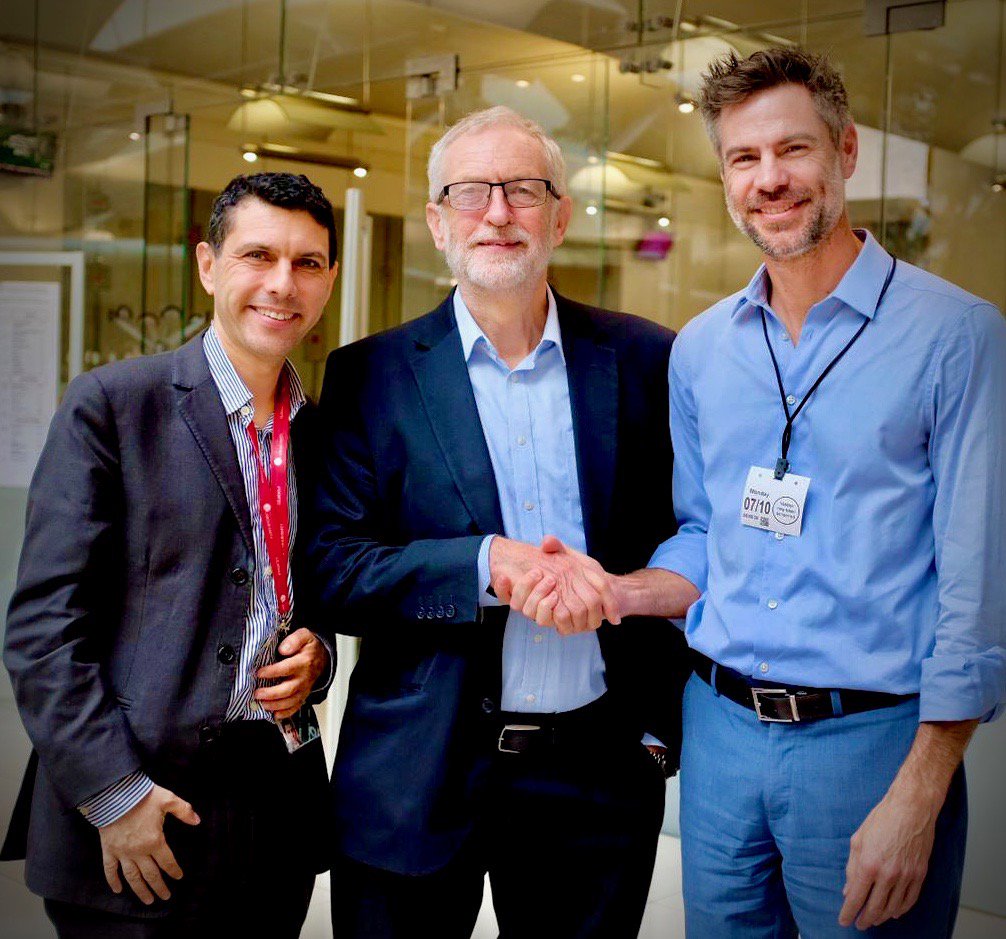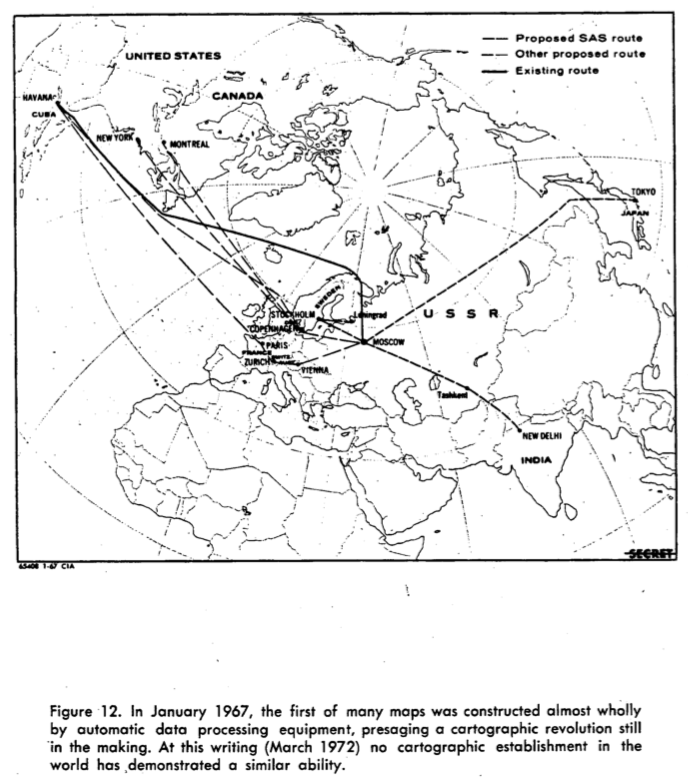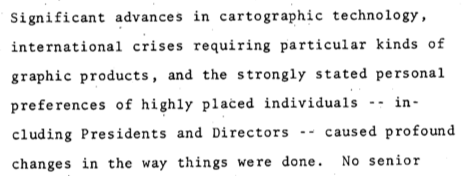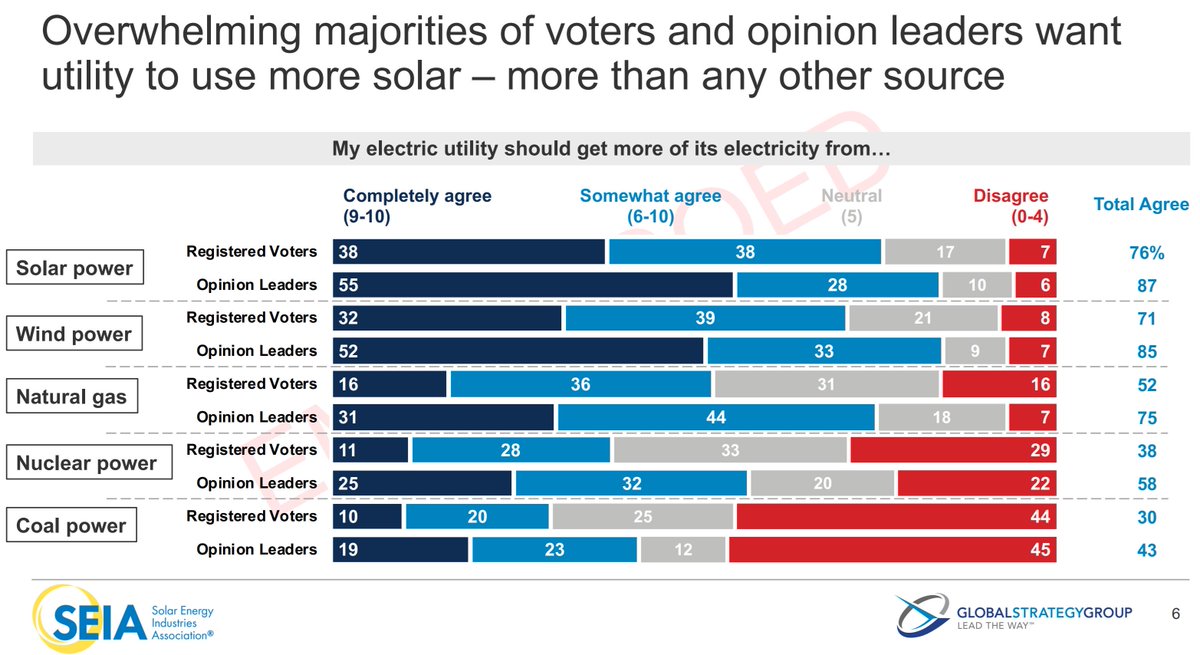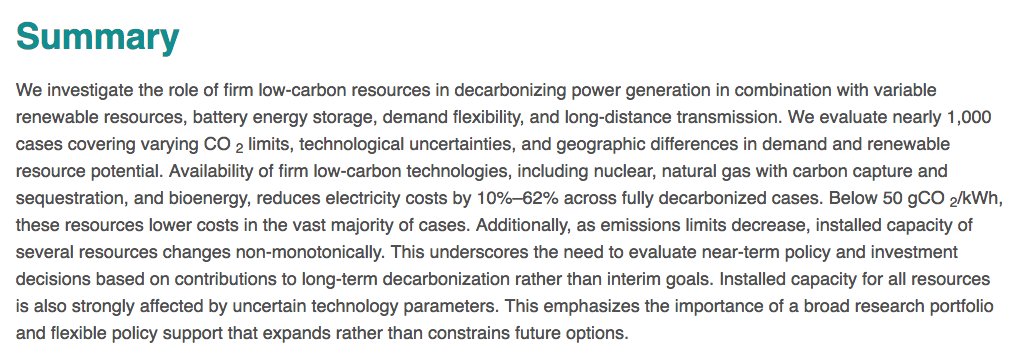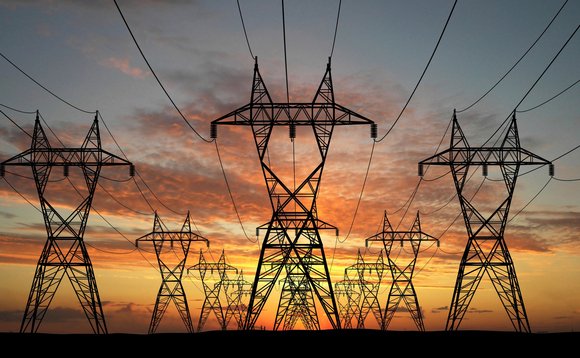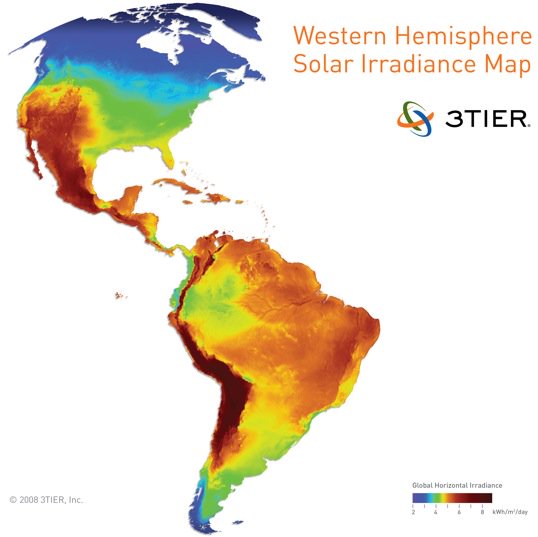Then I realized that we can't make the sun/wind more energy-dense, or reliable
Thus, I can no longer support them
My newest essay is 20+ years in the making
goo.gl/wgZ5UK
A lot of people think deserts are empty, but my parents taught us to see the wildlife all around us, including hawks, eagles, and tortoises.
I was worried that global warming would end up destroying many of the natural environments that people had worked so hard to protect.
It was the real world predecessor to @AOC "Green New Deal."
Between 2009–15, the U.S. invested $150 billion dollars in renewables and other forms of clean tech.
But right away we ran into trouble.
But, as the years went by, the problems persisted and in some cases grew worse.
What kills big, threatened, and endangered birds—birds that could go extinct—like hawks, eagles, owls, and condors, are wind turbines
I came to understand the environmental implications of the physics of energy.
But those one-time cost savings from making them in big Chinese factories have been outweighed by the high cost of dealing with their unreliability.
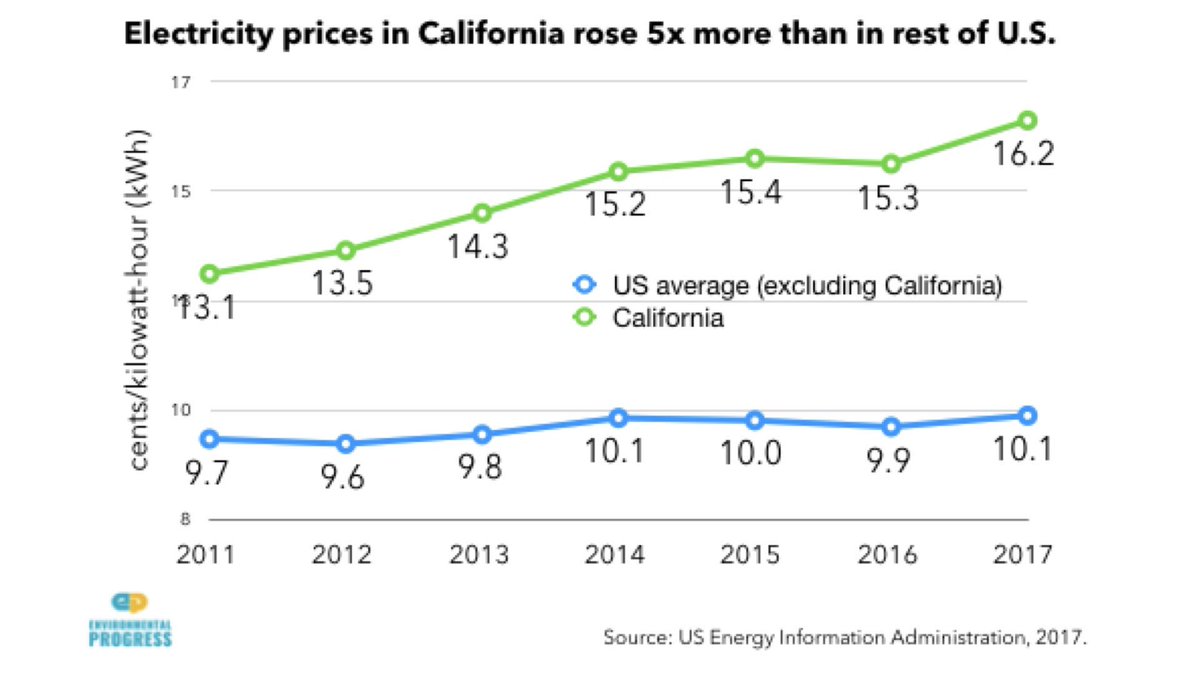
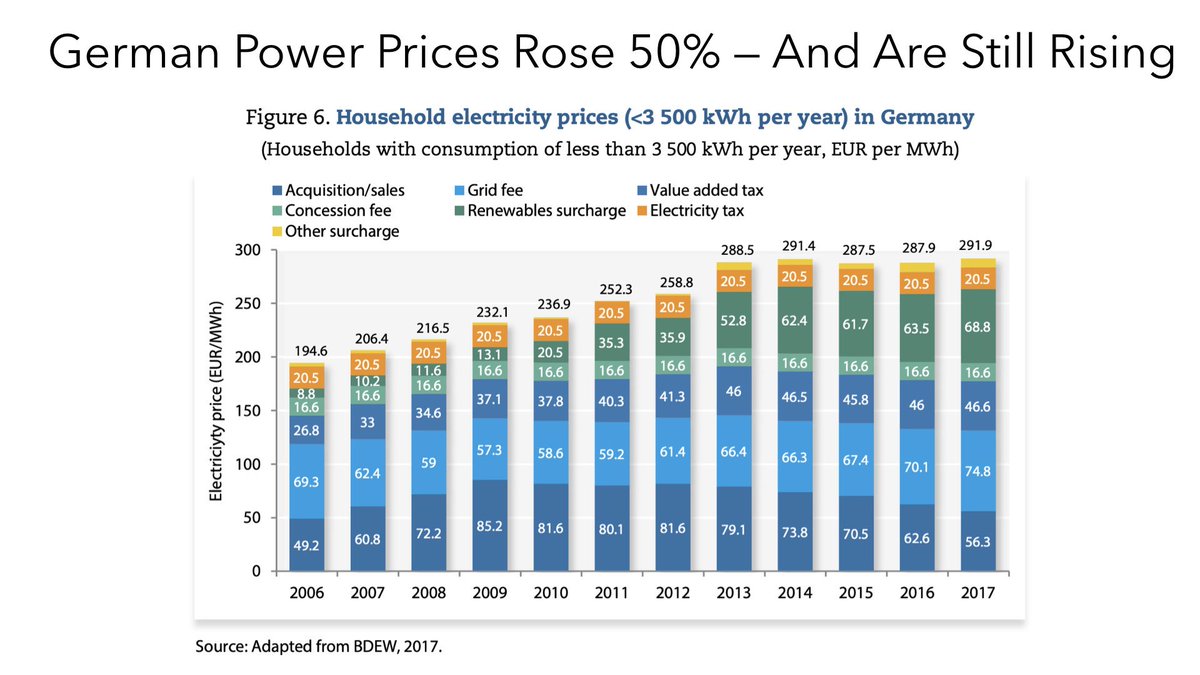
forbes.com/sites/michaels…
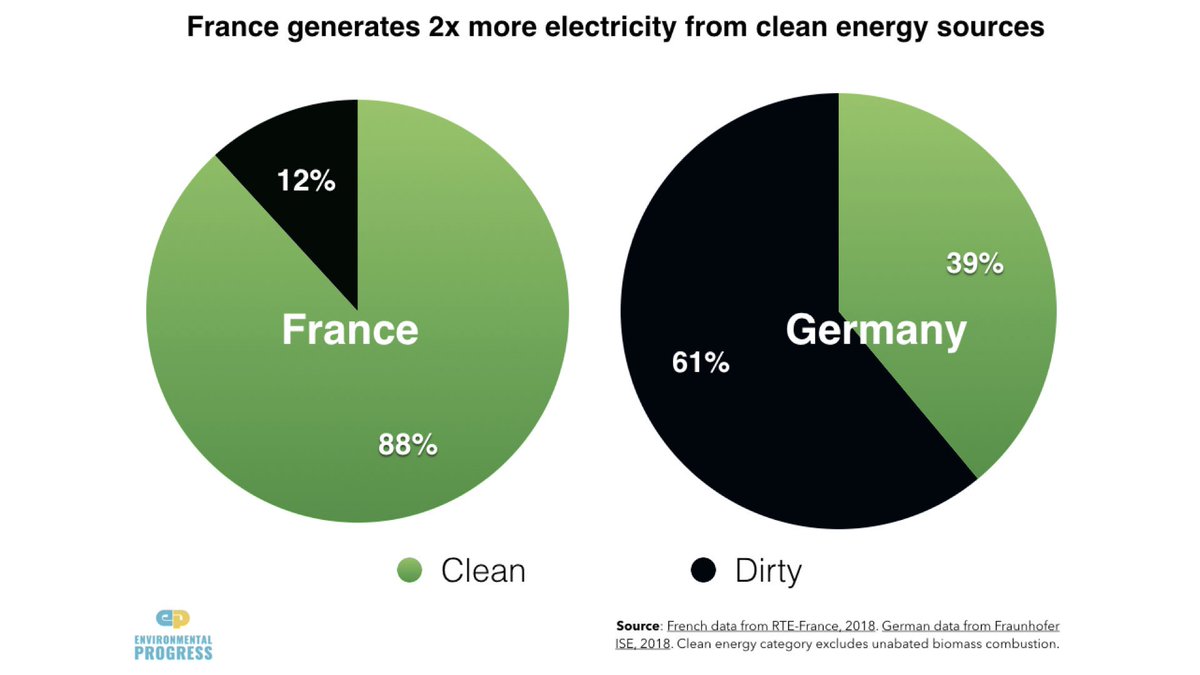
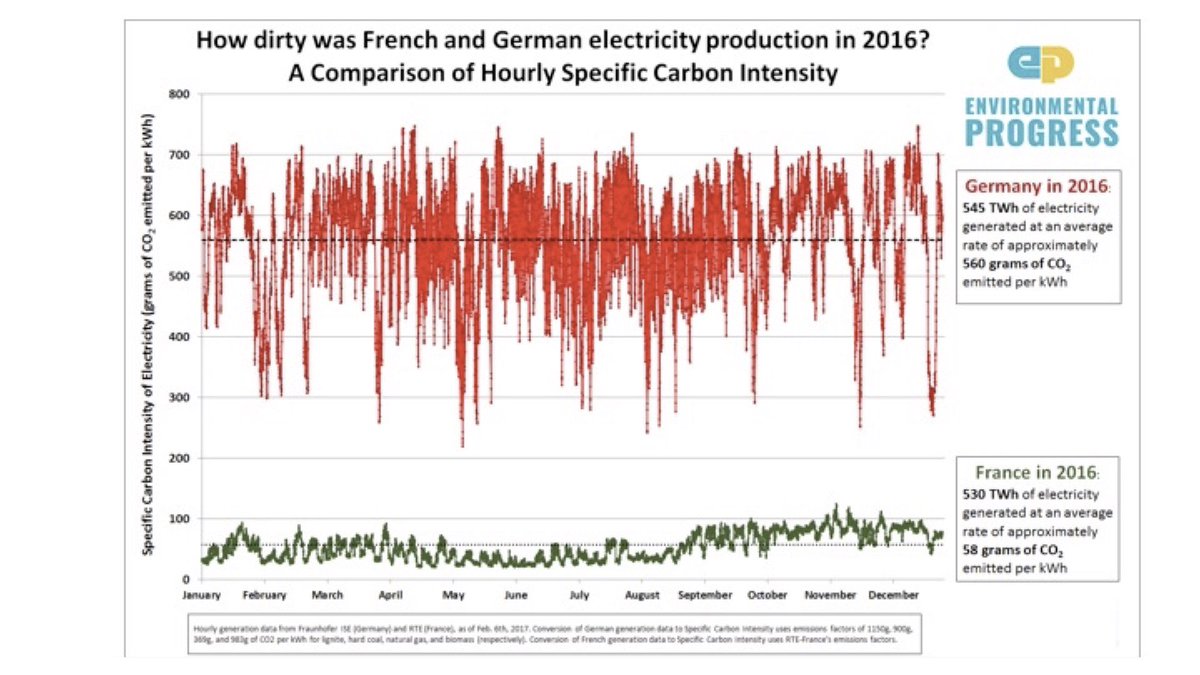
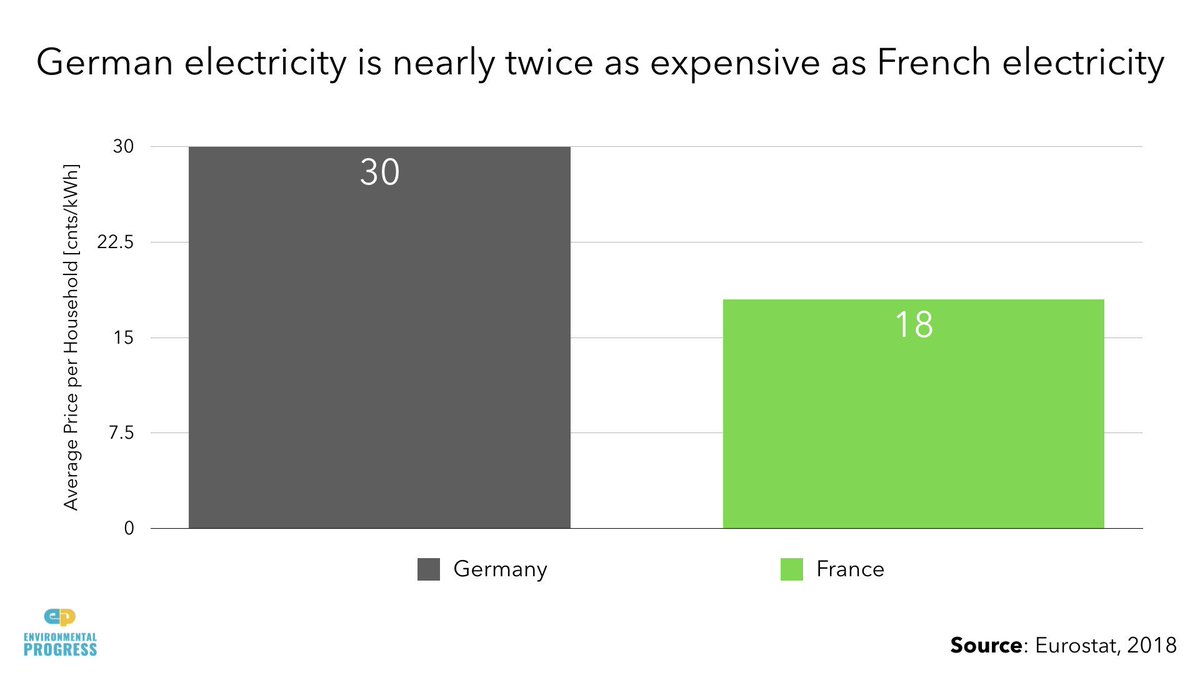
forbes.com/sites/michaels…
They are largely an illusion resulting from the fact that ~70% of costs of nuclear are up-front solar-wind costs don’t include transmission lines, storage & grid management
forbes.com/sites/michaels…
It turns out that scientists have studied the health and safety of different energy sources since the 1960s.

The uranium used as fuel in power plants, and material for bombs, can create one million times more heat per its mass than its fossil fuel and gunpowder equivalents
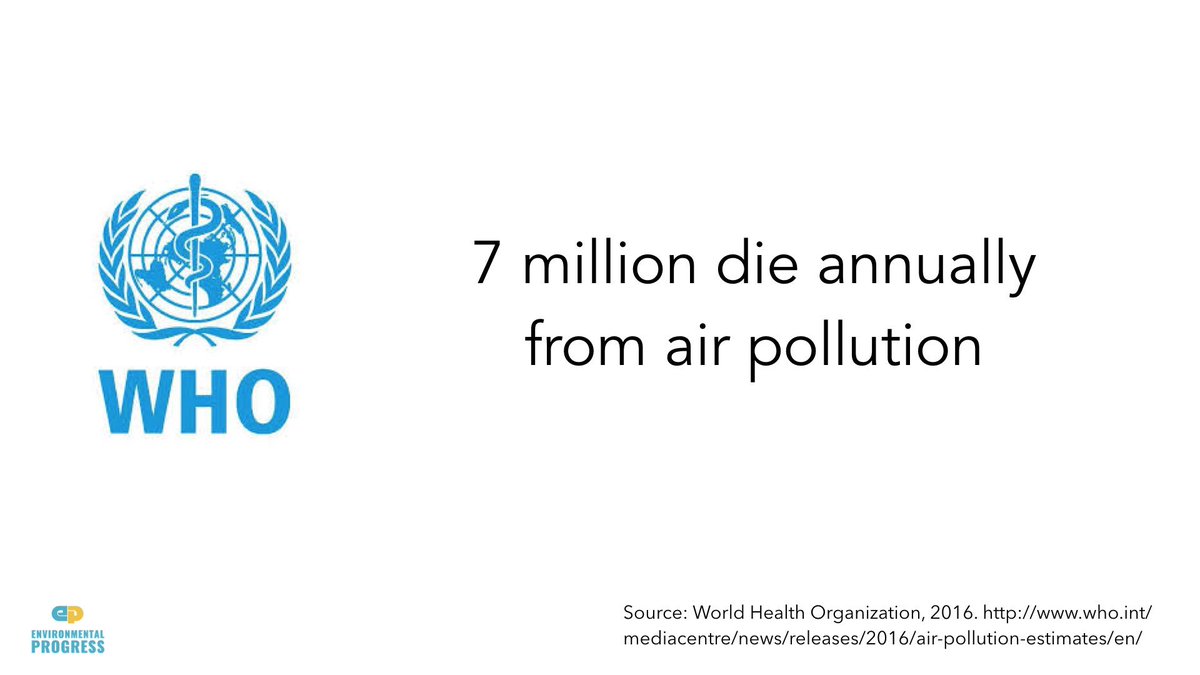
forbes.com/sites/michaels…
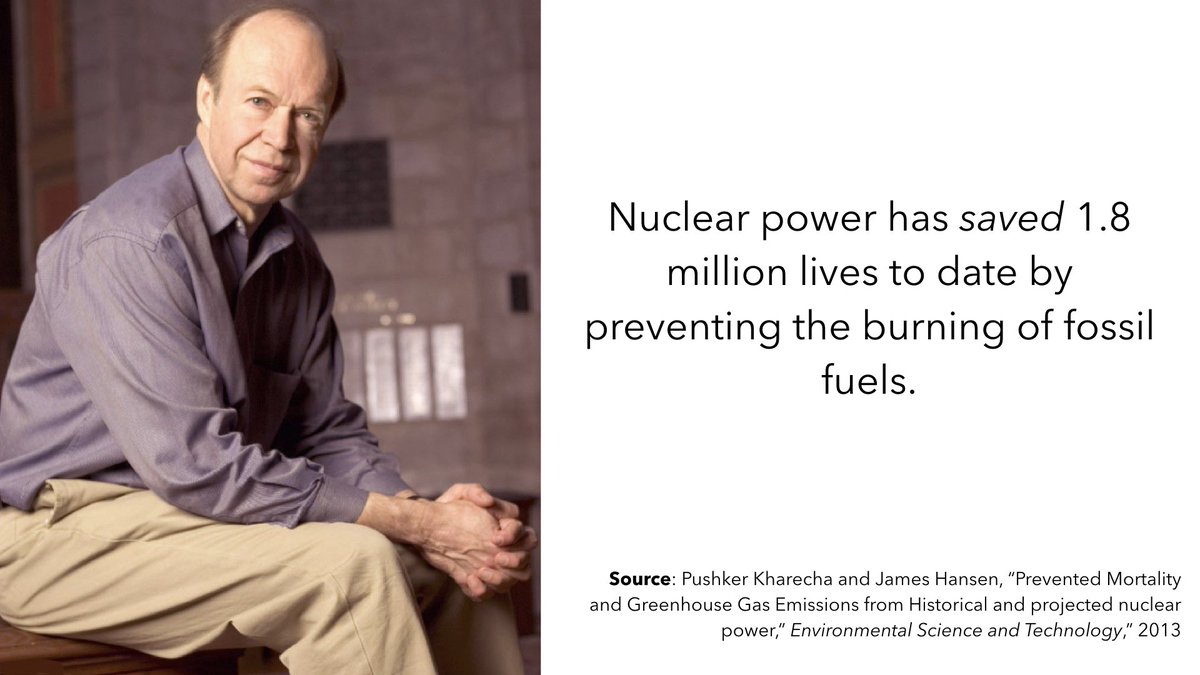
Even in sunny California, a solar farm requires 450 times more land to produce the same amount of energy as a nuclear plant.
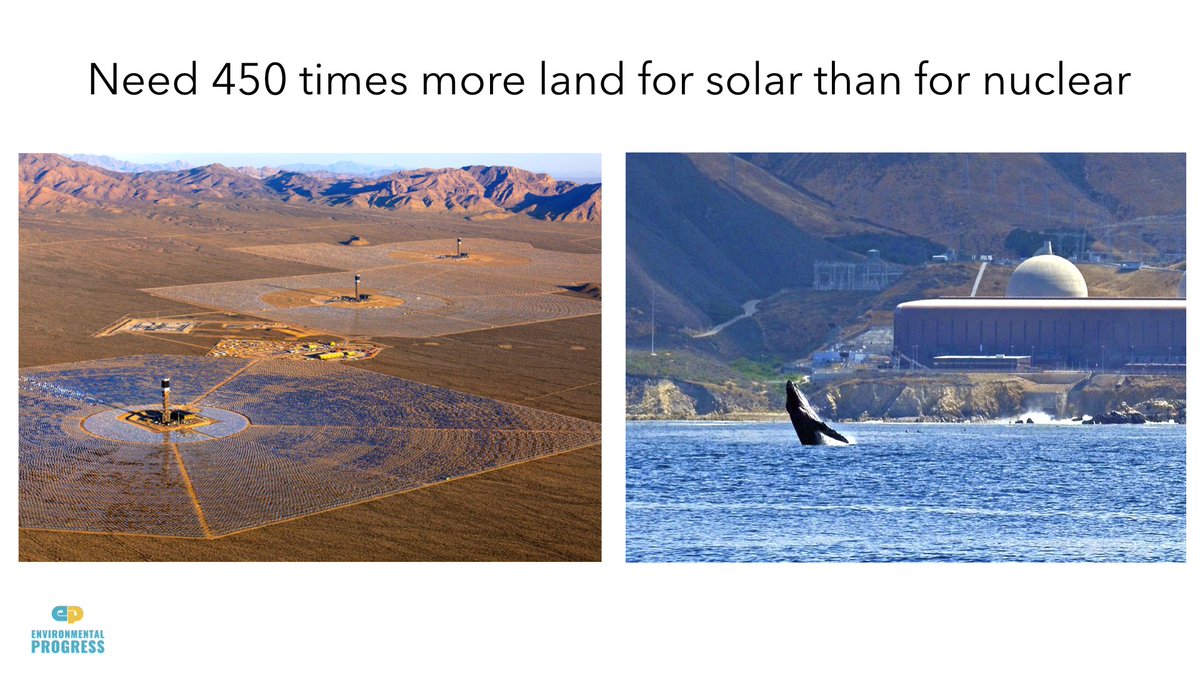
A single Coke can of uranium provides all of the energy that the most gluttonous American or Australian lifestyle requires
The reason nuclear is the best energy environmentally is because it produces so little waste and none enters the environment as pollution

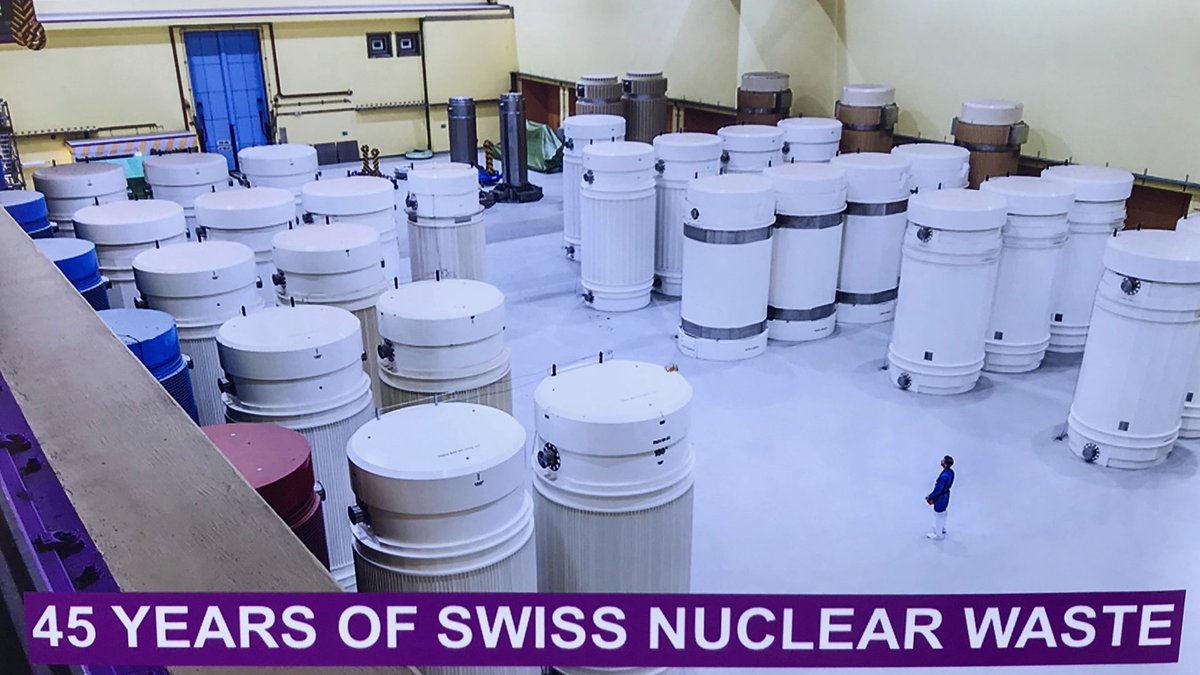
forbes.com/sites/michaels…
forbes.com/sites/michaels…
After saying they know little, they say nuclear is strong & renewables are weak. Their intuitions are correct.
What we wrongly think —understandably — is that weak energies are safer
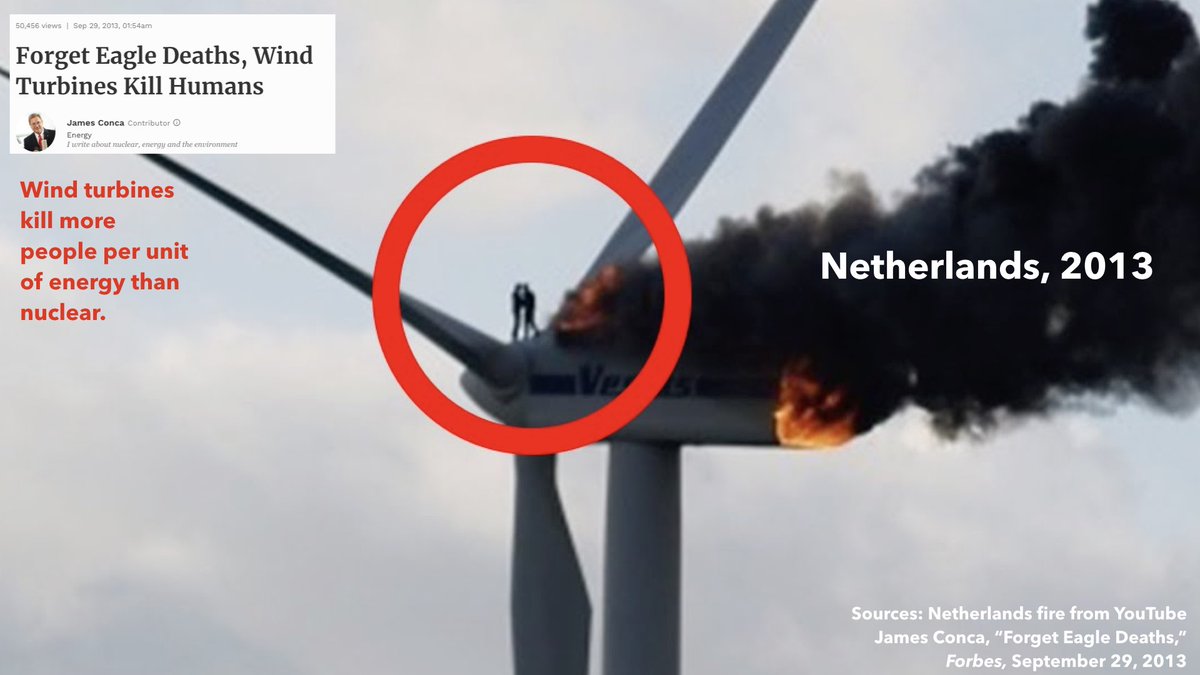
Spreading more mines and more equipment over larger areas of land is going to have larger environmental and human safety impacts, for inherently physical reasons.

First we move from renewables like wood, dung, & windmills to fossil fuels — from coal to oil to natural gas — and eventually to uranium.
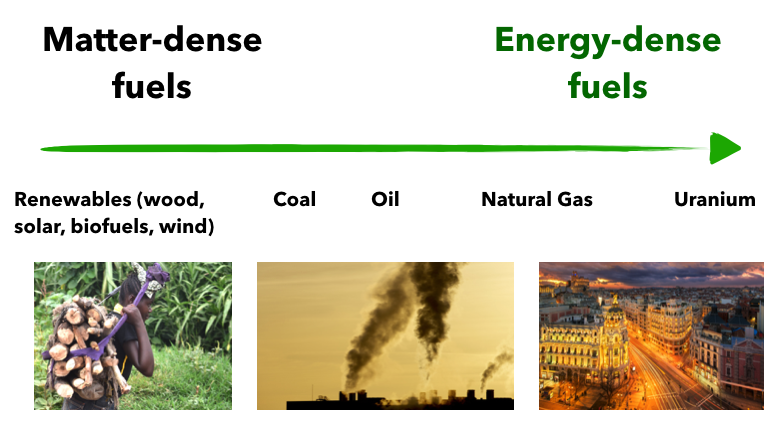
ecomodernism.org
environmentalprogress.org/the-war-on-nuc…
world-nuclear.org/our-associatio…
cc.com/video-clips/qd…
France shows that moving from mostly nuclear electricity to a mix of nuclear and renewables results in more carbon emissions, due to using more natural gas, and higher prices, to the unreliability of solar and wind.
forbes.com/sites/michaels…
forbes.com/sites/michaels…
forbes.com/sites/michaels…
Now that we know that renewables can’t save the planet, are we really going to stand by and let them destroy it?
/END





